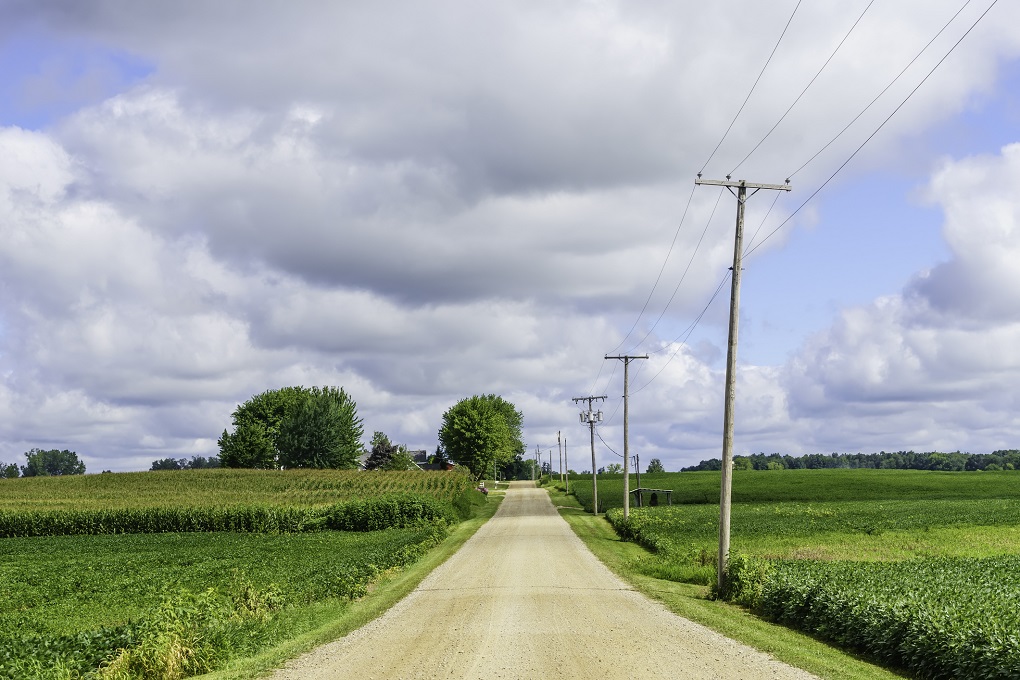
[ad_1]
West Texas, northern Alaska, Large Sky nation, the Plains states. Although vastly totally different in geography and topography, these areas share one commonality — they’re all predominantly rural areas. In response to the 2010 United States Census, these and different rural areas are house to greater than 60 million folks, or about 19% of the U.S. inhabitants. There are a lot of benefits to residing in a rural space. Rural residents generally report neighborhood camaraderie, peace and quiet, decrease price of residing, extra privateness, recent air, and fewer site visitors as advantages of residing in a much less populated space. Nevertheless, there’s a disproportionate scarcity of dental professionals in rural versus city areas.
Rural practices: Wants and benefits
In response to the U.S. Well being Assets and Companies Administration, there are 4,518 rural (or partially rural) areas in the USA categorised as Well being Skilled Scarcity Areas. HPSAs should have a population-to-provider ratio of a sure threshold. For dental care, the inhabitants to supplier ratio have to be a minimum of 5,000 to 1 (4,000 to 1 if there are unusually excessive wants in the neighborhood). Rural HPSA areas, house to greater than 31 million folks, or greater than half of all rural People, could not have sufficient entry to dental suppliers. A June 2015 report by the Rural Well being Analysis and Coverage Heart notes that for each 100,000 folks in rural areas, there have been solely 24.3 training dentists. In distinction, city areas had 36.7 training dentists per 100,000 folks.
Finish reading this article within the November/December subject of Contour journal.
~Jody Pfeuffer, Missouri ’23
[ad_2]
Source link








